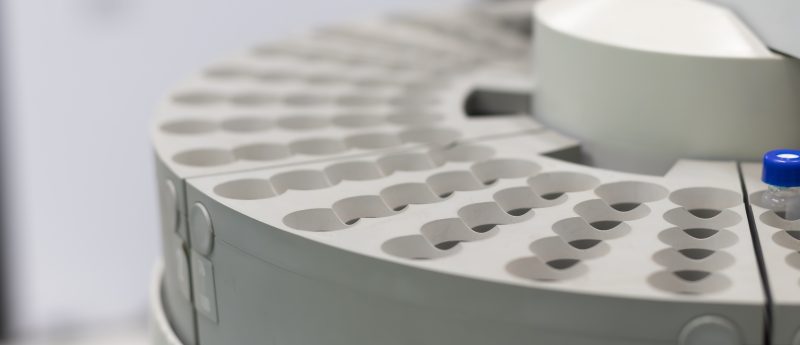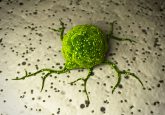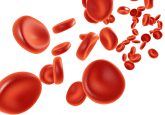Novel approach developed for the analysis of tamoxifen and its derivatives in human plasma

Scientists have reported a new method for the analysis of the widely used cancer drug, tamoxifen, and its main derivatives, in human plasma. The approach, which was developed by Juan Peris-Vicente from Jaume I University (Spain) and his team, applies micellar liquid chromatography (MLC) coupled with fluorescence detection in order to quantify the drug and its derivatives.
The success of tamoxifen largely depends on the ability of the enzyme cytochrome P450 2D6 to metabolize the drug to give the active form. This process differs from one patient to the next due to the genetic variation within enzyme. A potential route to assessing a patient’s response to tamoxifen is to test for the presence of the drug and its derivatives in the patient’s bloodstream.
The team applied the newly proposed MLC method to the analysis of tamoxifen and the four key metabolites OH-TAM, deMe-TAM, TAM-NO and endoxifen in samples of plasma taken from 15 breast cancer patients, 24 h after they were administered tamoxifen. According to the report, off-line derivatization of the analytes by UV-irradiation was used to form the photocycled fluorescent derivatives, which could then be easily detected. The analytes were resolved using HPLC, with a run time of less than 40 min. The group validated the method using the ICH guidelines for pharmaceuticals, and reported detection limits of 55-80 ng/mL for the five analytes with linear ranges of measurement at 0.3-15 µg/mL in plasma.
The values of tamoxifen, OH-TAM, deMe-TAM, TAM-NO and endoxifen were found to be 6.4-16.6, 0.22-0.40, 3.12-9.0, 0.75-9.10 and 0.32-0.9 µg/mL, respectively. The observed variation in the values for all of the patients confirmed that the metabolic rate of the drug was inconsistent. For some patients, the levels of tamoxifen were higher than endoxifen, indicating slow metabolism, and for others endoxifen was the higher, demonstrating faster metabolism.
In comparison to other existing methods, the approach developed by Peris-Vincente and co-workers comprises a reasonable run time, as well as avoiding time consuming extraction and eliminating the need for expensive instrumentation, such LC–MS. The team anticipates that the proposed MLC method may be promising approach to assessing individual response to tamoxifen in the clinic, thereby improving patient outcome.
Source: Peris-Vicente J, Ochoa-Aranda E2, Bose D, Esteve-Romero J. Determination of tamoxifen and its main metabolites in plasma samples from breast cancer patients by micellar liquid chromatography. Talanta. 131, 535—540 (2015).






